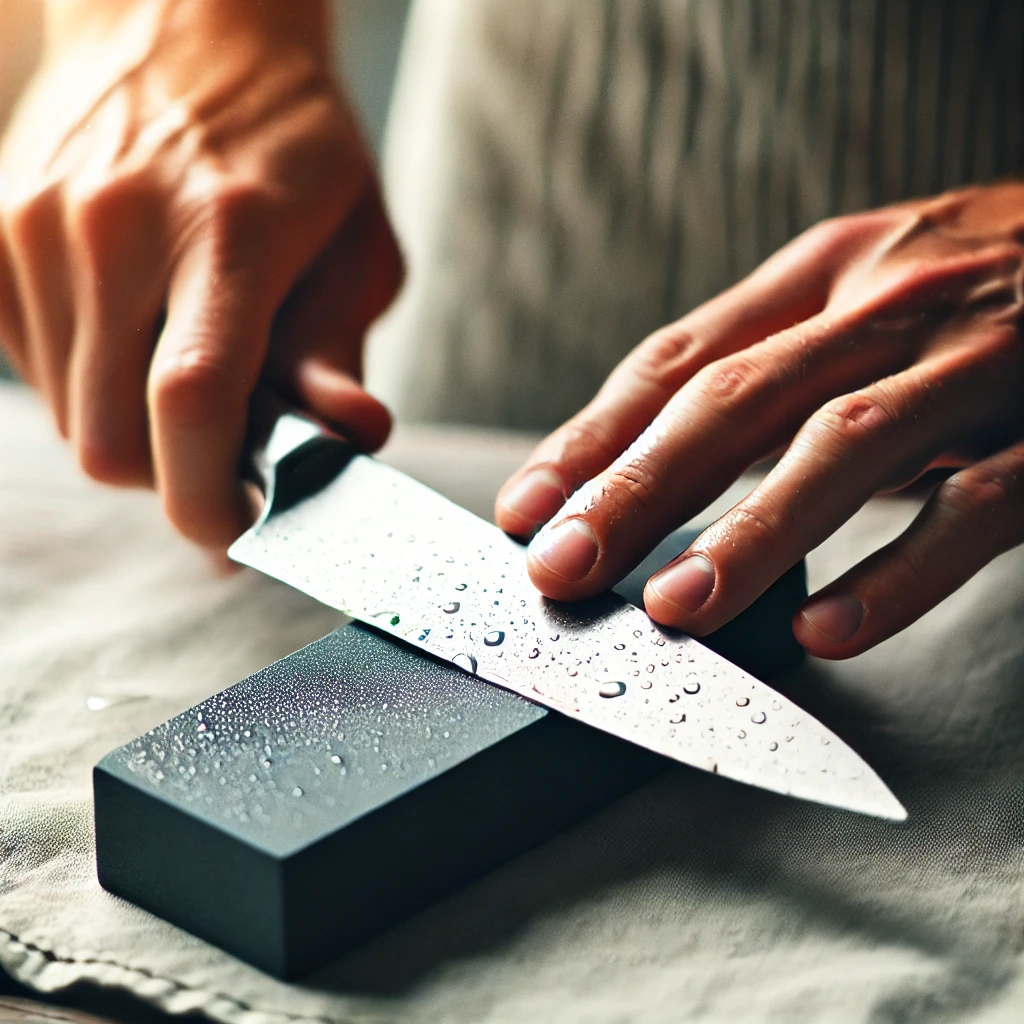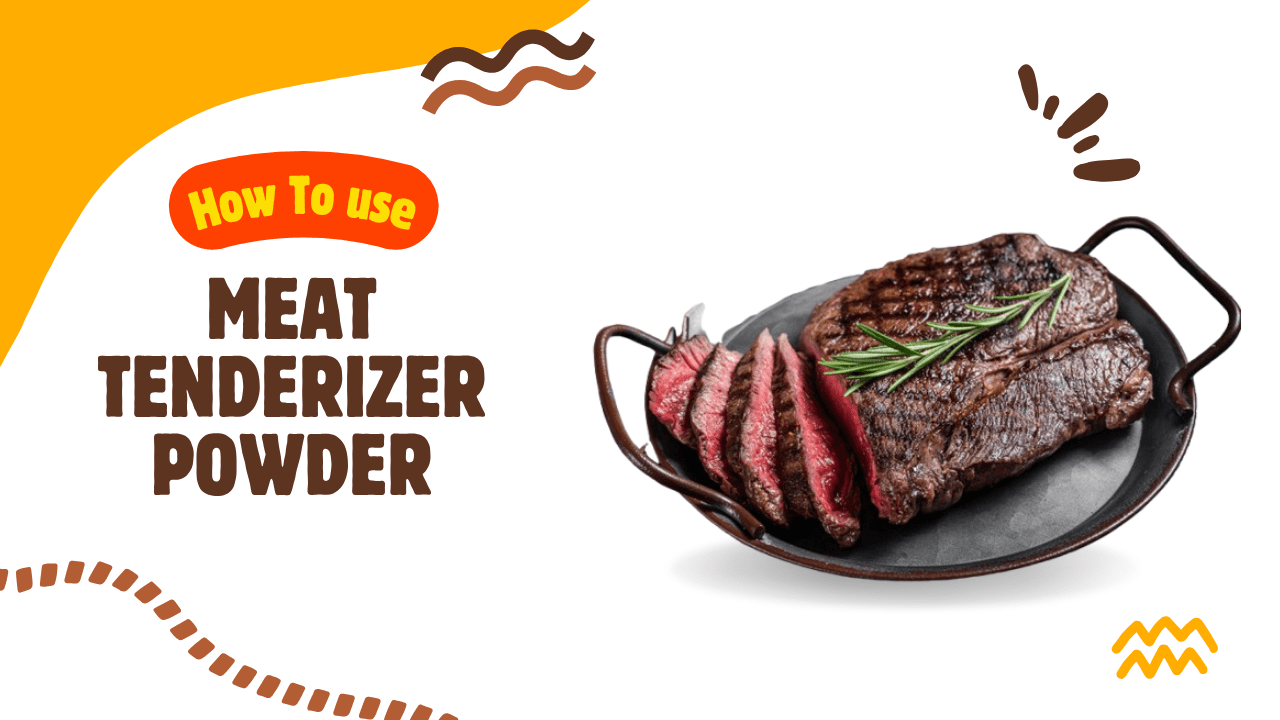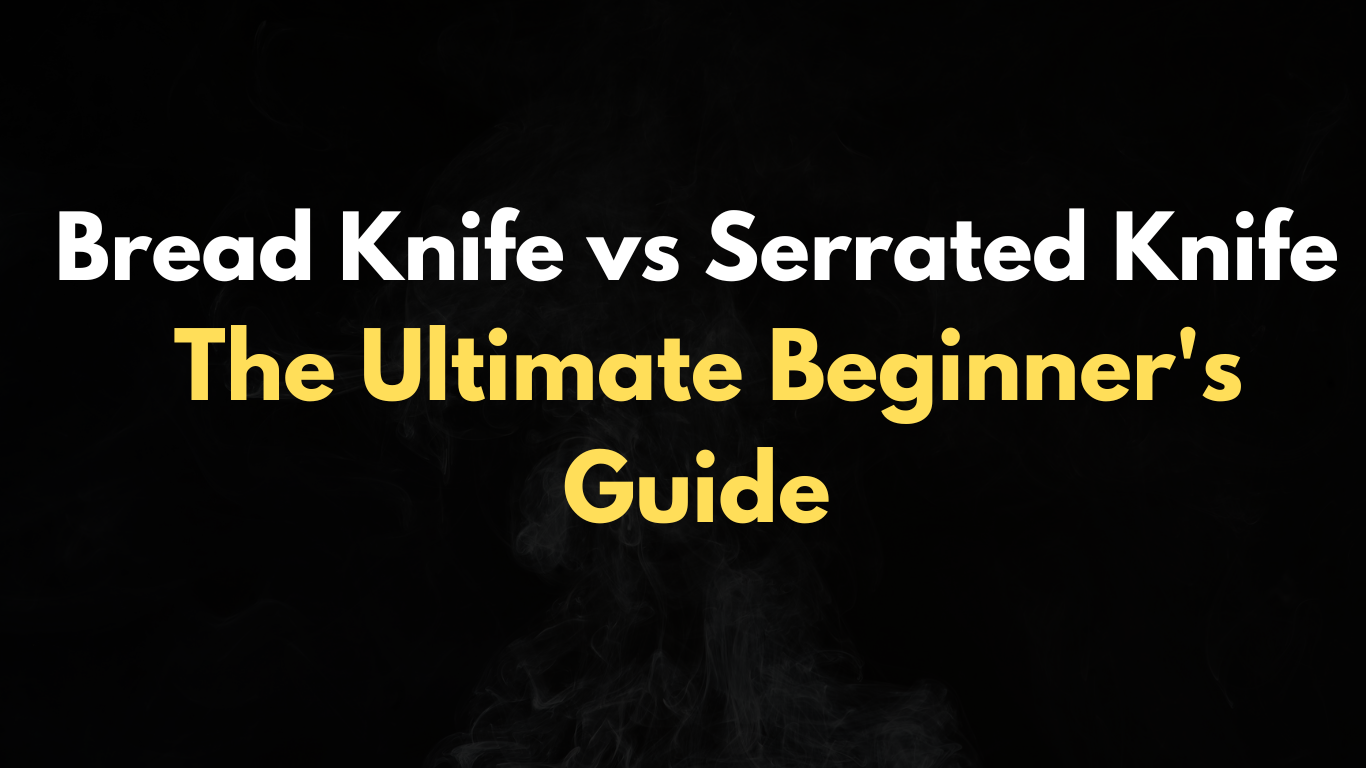Sharpening knives is like giving them a fresh lease on life. Whether you’re a professional chef or just someone who loves to cook, a sharp knife isn’t just a luxury—it’s a necessity. But when it comes to keeping your knives razor-sharp, the big question is: should you use a whetstone or an electric sharpener?
It’s a debate I’ve had with friends and fellow home cooks many times. I’ll admit, when I first started learning about knife care, I was tempted by the convenience of electric sharpeners. But after some trial and error, I realized that whetstones weren’t just the better choice—they were also more satisfying to use. Let me break it down for you.
What Are Whetstones?
A whetstone is essentially a sharpening stone that’s used to grind and hone knife blades. It’s been around for centuries, and its simplicity is part of its charm. All you need is water (or oil for some types) and a bit of patience. These stones come in different grit levels:
- Coarse grit (200–1000): Perfect for repairing damaged or very dull knives.
- Medium grit (1000–3000): Ideal for regular sharpening.
- Fine grit (4000+): Used for polishing and refining the edge.
The beauty of whetstones is that they give you full control over how sharp your knife gets. It’s almost like tuning a musical instrument—you can adjust and refine until it feels just right.
What Are Electric Sharpeners?
Electric sharpeners, on the other hand, are modern gadgets designed for convenience. You pull your knife through a slot, and the machine does the work for you. While they’re fast and easy to use, they don’t always produce the best results—especially if you’re dealing with high-end or Japanese knives.
Why Sharpness Matters
Before we dive into the differences, let’s talk about why sharpness is so important. A sharp knife isn’t just safer (because it cuts cleanly without slipping); it also makes cooking more enjoyable. Ever tried slicing a tomato with a dull knife? It’s frustrating. Now imagine that same tomato falling apart effortlessly under a sharp blade. That’s the magic of good knife maintenance.
Benefits of Whetstones Over Electric Sharpeners
When it comes to keeping your knives in top shape, whetstones offer several advantages that electric sharpeners simply can’t match.
Precision and Control
With a whetstone, you’re in charge. You can control the angle, pressure, and speed of sharpening. This means you can tailor the process to the specific needs of each knife. Electric sharpeners, on the other hand, operate at a fixed angle and speed, which might not be ideal for all knives.
For instance, Japanese knives are often sharpened at a 15° angle, while Western knives use a 20° angle. A whetstone lets you match these angles perfectly, ensuring the sharpest possible edge.
Better for Knife Longevity
Electric sharpeners tend to remove more metal from the blade than necessary, which can shorten your knife’s lifespan. Whetstones, on the other hand, allow you to sharpen only as much as needed. This means your knife stays strong and durable for years to come.
I learned this the hard way when an electric sharpener thinned out the edge of my chef’s knife too much. Switching to a whetstone not only fixed the damage but also gave me a newfound appreciation for the art of sharpening.
Versatility Across Knife Types
Whetstones work on all kinds of knives—Japanese, Western, serrated, you name it. Electric sharpeners, however, often struggle with specialty blades or unique angles. If you’ve invested in high-quality knives, a whetstone is the way to go.
Preservation of Japanese Knife Angles
Japanese knives are known for their razor-thin blades and precise angles. Electric sharpeners often grind these knives at a generic angle, which can ruin their performance over time. A whetstone, however, lets you preserve the original design and craftsmanship of your knife.
Eco-Friendly and Sustainable
Whetstones don’t require electricity or replacement parts, making them a more eco-friendly option. They’re a one-time purchase that can last for years with proper care. In contrast, electric sharpeners often have motors and components that wear out, leading to additional waste.
Cost-Effectiveness Over Time
While a good whetstone might cost $30–$100 upfront, it’s a one-time investment. Electric sharpeners, on the other hand, can cost hundreds of dollars and may need frequent replacement or repairs. Over time, a whetstone is the more economical choice.
Drawbacks of Electric Sharpeners
While electric sharpeners are convenient, they come with significant downsides:
- Over-Grinding: They often remove too much material, which weakens the blade.
- Limited Control: You can’t adjust the sharpening angle or pressure.
- Not Suitable for Premium Knives: High-end knives can get damaged due to the aggressive nature of electric sharpeners.
- Higher Long-Term Costs: Replacement and maintenance add up over time.
The Art of Sharpening with a Whetstone
Sharpening with a whetstone is more than a task—it’s an experience. It’s quiet, meditative, and oddly satisfying. Here’s how to get started:
- Soak the stone. Most whetstones need to be soaked in water for 10–15 minutes before use.
- Position the stone. Place it on a non-slip surface, like a damp towel.
- Hold the knife at the right angle. For most knives, this will be between 15° and 20°.
- Glide the blade. Move the blade across the stone in smooth, even strokes, applying light pressure.
- Switch sides. Alternate between the two sides of the blade to maintain balance.
- Rinse and repeat. Finish with a finer grit for polishing.
Whetstones vs. Electric Sharpeners
Here’s a quick comparison of costs over time:
| Tool | Initial Cost | Maintenance Cost | Lifespan |
| Whetstone | $30–$100 | Minimal (occasional flattening) | 10+ years with care |
| Electric Sharpener | $100–$300 | Replacement parts or full unit | 5–10 years, depending on usage |
It’s clear that while electric sharpeners may seem convenient, whetstones are the more economical and sustainable option in the long run.
Conclusion
Whetstones and electric sharpeners both have their place, but if you value precision, control, and long-term results, whetstones are the clear winner. They let you preserve the integrity of your knives while offering a hands-on, mindful sharpening experience. So, if you’re serious about knife care, it’s time to ditch the gadgets and embrace the stone.
FAQ Section
How often should I sharpen my knives with a whetstone?
It depends on usage, but for most home cooks, every 3–6 months is sufficient. Hone your knife weekly to maintain the edge.
Can I use a whetstone on serrated knives?
Yes, but it requires a specific technique. Focus on sharpening the flat side of the blade with care.
Do electric sharpeners damage knives?
They can if used improperly or on high-end knives. They tend to remove more metal than necessary.
Are whetstones hard to use?
Not at all! While there’s a learning curve, practice makes perfect. Plus, it’s a rewarding skill to develop.
What grit should I use for a dull knife?
Start with a coarse grit (around 1000) and work your way up to a medium or fine grit.


